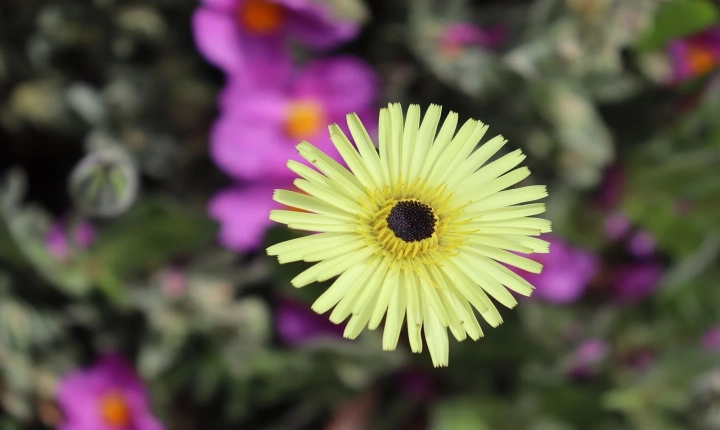Title: How To Trace In AI: A Guide for Beginners
Tracing in AI, or Adobe Illustrator, is the process of converting raster images into vector graphics. This allows for the creation of scalable graphics that maintain their quality regardless of size. Learning how to trace in AI can be a valuable skill for designers, illustrators, and artists. In this guide, we will explore the basics of tracing in AI and the various methods you can use to achieve great results.
Understanding Raster vs. Vector Images
Before we delve into the process of tracing, it’s essential to understand the difference between raster and vector images. Raster images are made up of individual pixels and are resolution-dependent, meaning they can lose quality when resized. On the other hand, vector images are created using mathematical formulas to define shapes and can be scaled without losing quality.
Using the Image Trace Tool
Adobe Illustrator offers the Image Trace tool, which provides a quick and easy way to trace raster images. To use this tool, simply open the image you want to trace in AI, select it, and then choose the Image Trace option from the control panel. From there, you can adjust the settings to achieve the desired level of detail and smoothness in the traced image. The Image Trace tool provides preset options such as “Black and White Logo” or “High Fidelity Photo,” as well as custom settings for more precise control.
Creating Paths Manually
While the Image Trace tool can be effective for many images, there are instances where manual tracing is necessary. To trace an image manually, you can use the Pen tool to create paths that follow the contours of the original image. This method allows for greater precision and control, especially when dealing with complex or detailed images. By setting anchor points and adjusting curves, you can recreate the original image in vector format.
Using Live Trace and Expansion
Another method for tracing images in AI involves using the Live Trace feature, which gives you more control over the tracing process. After applying the Live Trace, you can expand the resulting tracing to access and edit individual vector paths. This allows for further refinement and adjustment of the traced image, making it a versatile tool for achieving the desired outcome.
Tips for Successful Tracing in AI
When tracing in AI, it’s important to keep the following tips in mind:
– Start with high-quality source images to ensure better results.
– Experiment with different settings and options in the Image Trace panel to find the best outcome for each image.
– Use a graphics tablet for manual tracing to achieve smoother and more natural lines.
– Practice and patience are key to mastering the art of tracing in AI.
In conclusion, tracing in AI is a valuable skill that allows for the creation of scalable vector graphics from raster images. Whether using the Image Trace tool, manual tracing with the Pen tool, or Live Trace and Expansion, understanding the various methods and techniques can help achieve impressive results. With practice and experimentation, anyone can learn to trace effectively in AI and unlock the potential of vector graphics.
